Skip to content

Because you can’t change what you don’t measure
This data is intended to statistically analyze your pipeline to understand potential bias and issues. This approach should not (!!) be used to try to identify individuals from URGs, e.g. to treat them differently during the interview process.
As an engineering leader, hiring a diverse team is a priority — we know our product will be better if it is designed and built by folks with a diversity of perspectives and experiences. And it’s also a a challenge, especially if you don’t know who is in your hiring pipeline. There are many dimensions of diversity that we can find in intersecting identities and experiences. We built this doc to help you better understand the gender diversity of your hiring pipeline.
To successfully hire talented candidates from groups historically underrepresented in the tech industry (URGs), it is important to understand the diversity of your pipeline at each step of the recruiting process and what might be happening to lose potential talent along the way. This begins with applications received or candidates sourced all the way through a hiring decision.
For example, you might notice that your pipeline has significantly fewer candidates from URGs after the phone screen step, in which case it’s probably a good time to dig in and revisit how your team is conducting and evaluating at that step. Additionally, if you maintain the same conversion percentages at the onsite interview step, you’ll know to dig into the difference between the two interview types.


One problem with this data driven approach is that it requires understanding how candidates might identify and what proportion of your pipeline is made up of folks from underrepresented groups. Using self-reported data is not realistic in the early stages (unlike later stages when there are fewer candidates and the relationship with the company strengthens).
A simple solution here is to use A.I. to guess the gender of all applicants based on their name. While this will not guarantee precise results (there are plenty of gender-neutral names out there!), nor will it account for non-binary or gender expansive candidates, it will give enough statistical insights to measure how the stages of your recruiting process impact your gender ratio. Obvious, but important to stress that this data should not be used for any actual hiring decisions by itself, but instead to analyze the activity of your process and help you make improvements based on identified gaps.
With this template, you can use the Greenhouse pack to pull in your applicant data from Greenhouse, and have Coda A.I. predict gender and compute your gender ratio at every step of your hiring process. This will make it easy to spot if the ratio stays equal or drops off at a certain point, helping you redirect your efforts to the right place.
Want to print your doc?
This is not the way.
This is not the way.

Try clicking the ⋯ next to your doc name or using a keyboard shortcut (
CtrlP
) instead.
